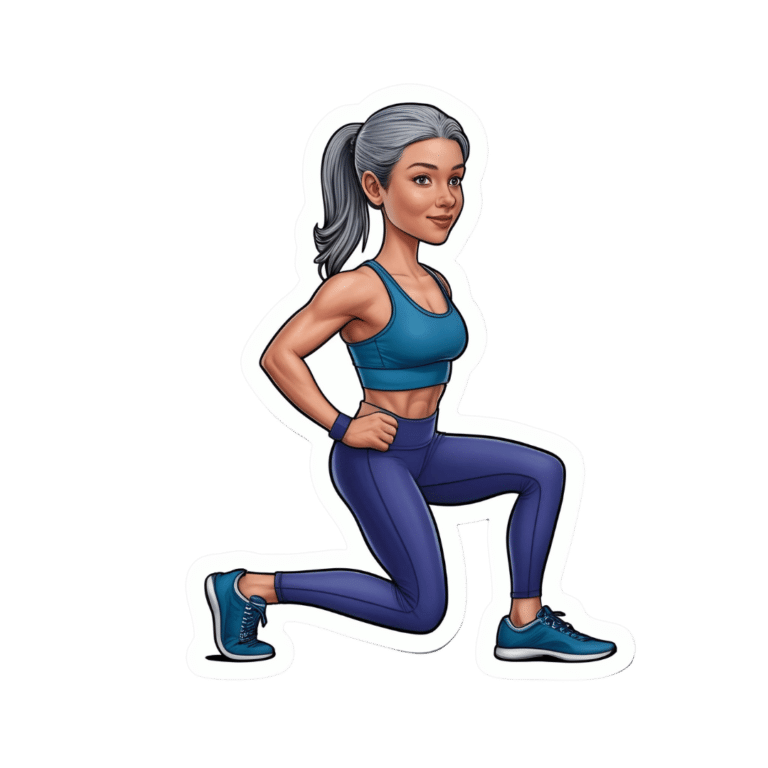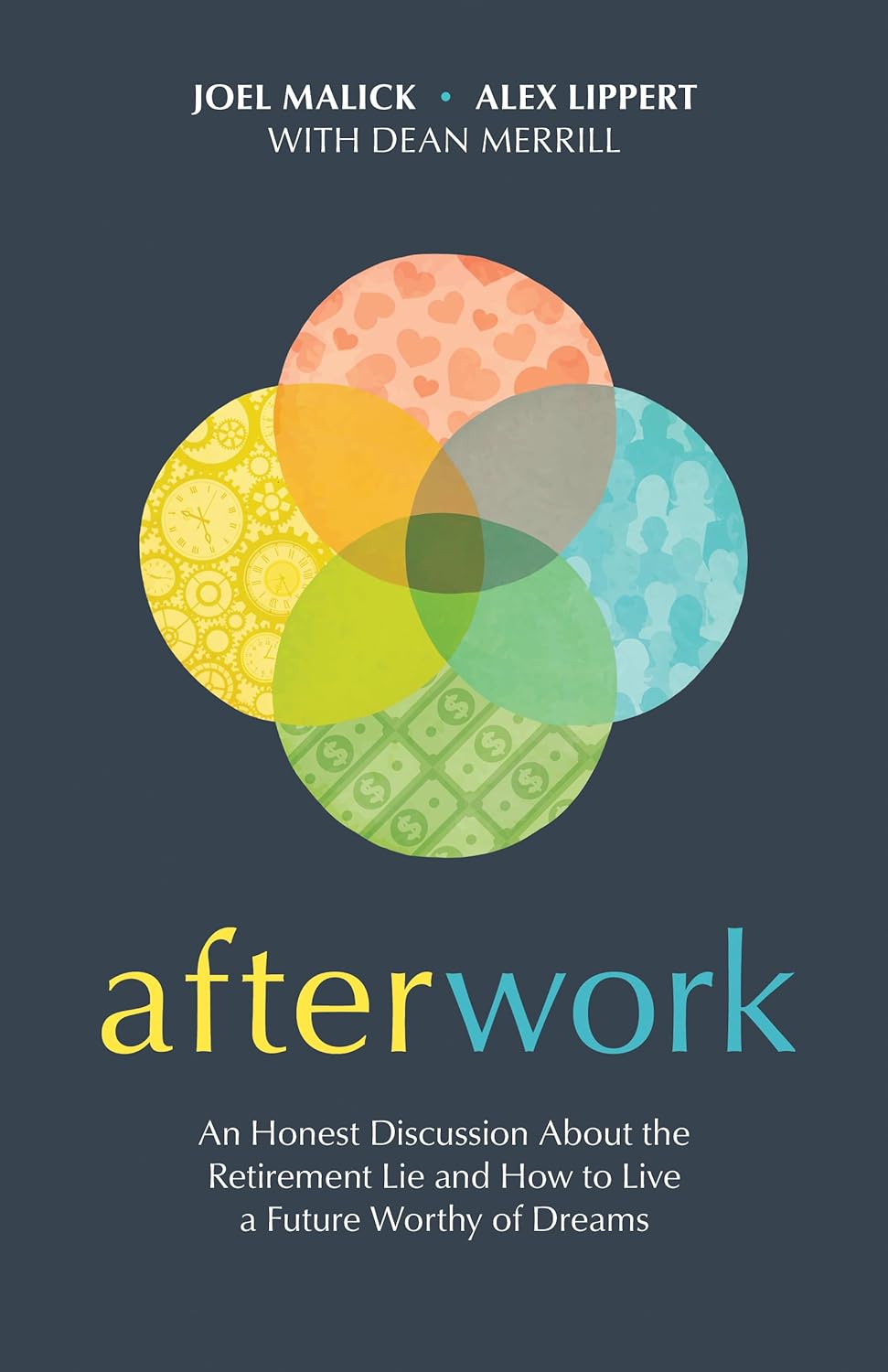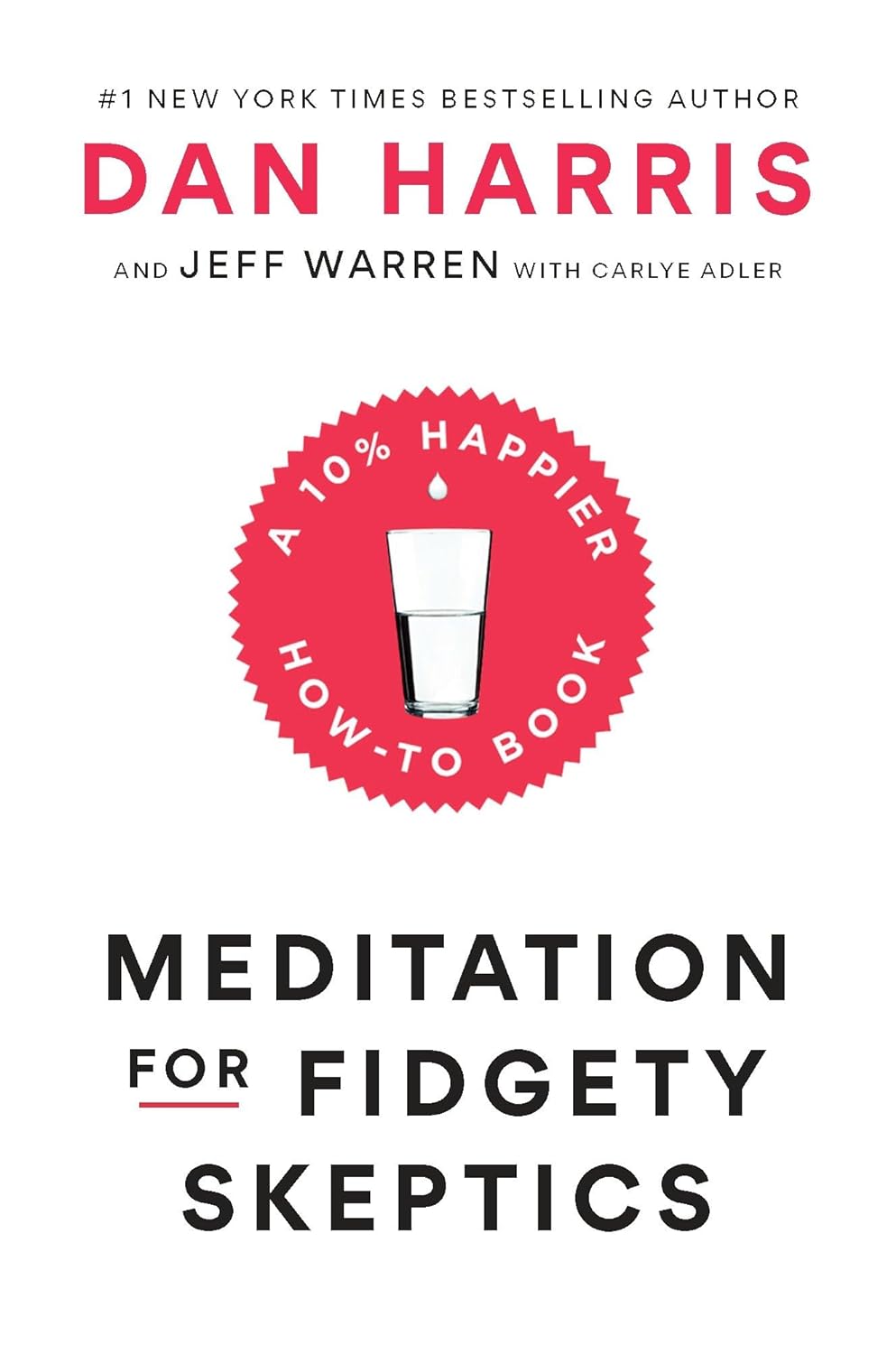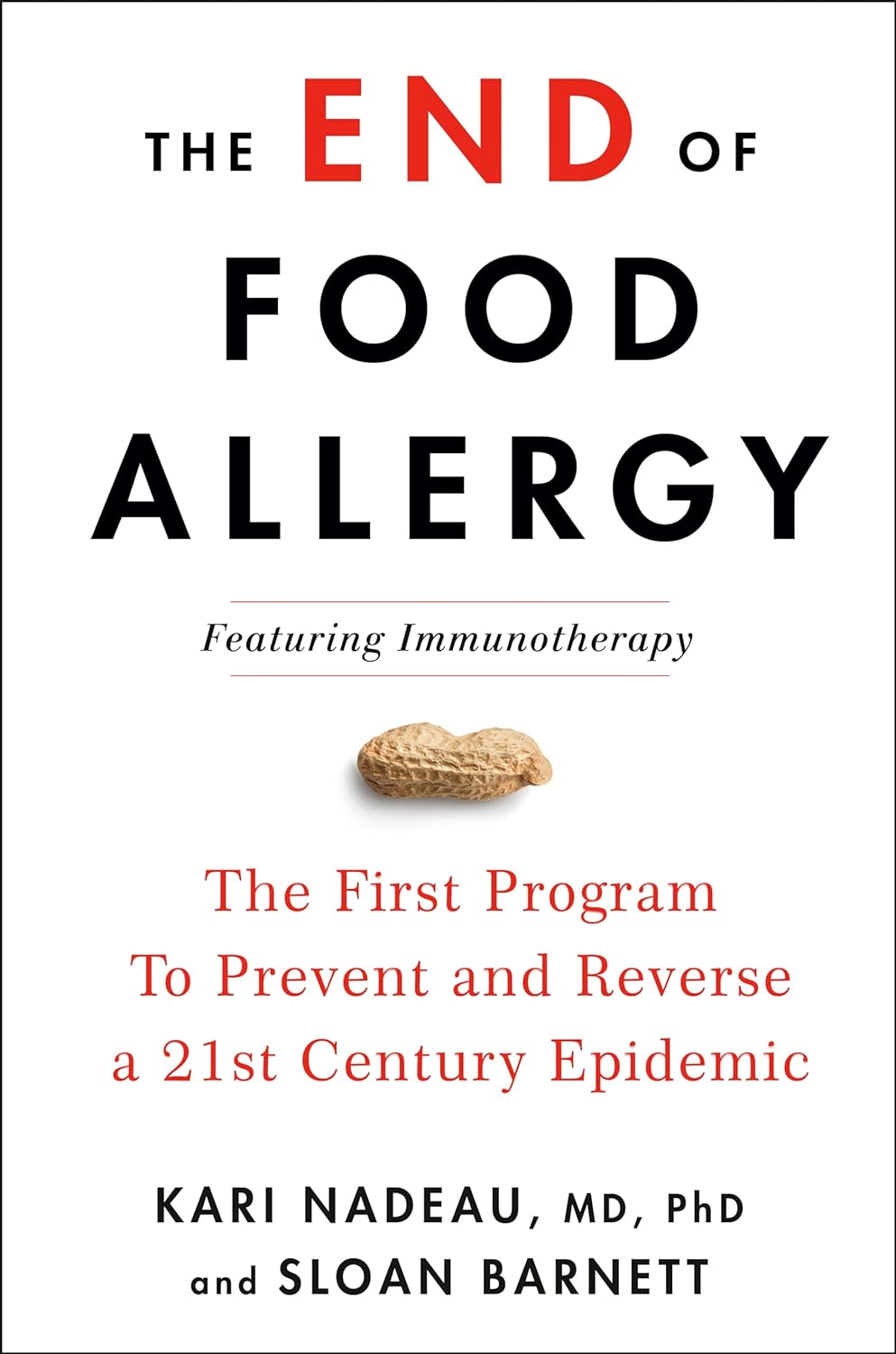
Signs Of Low Estrogen In Women: What Your Skin, Hair, & Nails Are Trying To Tell You
10almonds is reader-supported. We may, at no cost to you, receive a portion of sales if you purchase a product through a link in this article.
Skin, hair, and nails are often thought of purely as a beauty thing, but in fact they can be indicative of a lot of other aspects of health. Dr. Andrea Suarez takes us through some of them in this video about the systemic (i.e., whole-body, not just related to sex things) effects of estrogen, and/or a deficiency thereof.
Beyond the cosmetic
Low estrogen levels are usual in women during and after untreated menopause, resulting in various changes in the skin, hair, and nails, that reflect deeper issues, down to bone health, heart health, brain health, and more. Since we can’t see our bones or hearts or brains without scans (or a serious accident/incident), we’re going to focus on the outward signs of estrogen deficiency.
Estrogen helps maintain healthy collagen production, skin elasticity, wound healing, and moisture retention, making it essential for youthful and resilient skin. Declining estrogen levels with menopause lead to a thinner epidermis, decreased collagen production, and more pronounced wrinkles. Skin elasticity also diminishes, which slows the skin’s ability to recover from stretching or deformation. Wound healing also becomes slower, increasing the risk of infections and extended recovery periods after injuries or surgeries—bearing in mind that collagen is needed in everything from our skin to our internal connective tissue (fascia) and joints and bones. So all those things are going to struggle to recover from injury (and surgery is also an injury) without it.
Other visible changes associated with declining estrogen include significant dryness as a result of reduced hyaluronic acid and glycosaminoglycan production, which are essential for moisture retention. The skin becomes more prone to irritation and increased water loss. Additionally, estrogen deficiency results in less resistance to oxidative stress, making the skin more susceptible to damage from environmental factors such as UV radiation and pollution, as well as any from-the-inside pollution that some may have depending on diet and lifestyle.
Acne and enlarged pores are associated with increased testosterone, but testosterone and estrogen are antagonistic in most ways, and in this case a decrease in estrogen will do the same, due increased unopposed androgen signaling affecting the oil glands. The loss of supportive collagen also causes the skin around pores to lose structure, making them appear larger. The reduction in skin hydration further exacerbates the visibility of pores and can contribute to the development of blackheads due to abnormal cell turnover.
Blood vessel issues tend to arise as estrogen levels drop, leading to a reduction in angiogenesis, i.e. the formation and integrity of blood vessels. This results in more fragile and leaky blood vessels, making the skin more prone to bruising, especially on areas frequently exposed to the sun, such as the backs of the hands. This weakened vasculature also further contributes to the slower wound healing that we talked about, due to less efficient delivery of growth factors.
Hair and nail changes often accompany estrogen deficiency. Women may notice hair thinning, increased breakage, and a greater likelihood of androgenic alopecia. The texture of the hair can change, becoming more brittle. Similarly, nails can develop ridges, split more easily, and become more fragile due to reduced collagen and keratin production, which also affects the skin around the nails.
As for what to do about it? Management options for estrogen-deficient skin include:
- Bioidentical hormone replacement therapy (HRT), which can improve skin elasticity, boost collagen production, and reduce dryness and fragility, as well as addressing the many more serious internal things that are caused by the same deficiency as these outward signs.
- Low-dose topical estrogen cream, which can help alleviate skin dryness and increase skin strength, won’t give the systemic benefits (incl. to bones, heart, brain, etc) that only systemic HRT can yield.
- Plant-based phytoestrogens, which are not well-evidenced, but may be better than nothing if nothing is your only other option. However, if you are taking anything other form of estrogen, don’t use phytoestrogens as well, or they will compete for estrogen receptors, and do the job not nearly so well while impeding the bioidentical estrogen from doing its much better job.
And for all at any age, sunscreen continues to be one of the best things to put on one’s skin for general skin health, and this is even more true if running low on estrogen.
For more on all of this, enjoy:
Click Here If The Embedded Video Doesn’t Load Automatically!
Want to learn more?
You might also like:
These Signs Often Mean These Nutrient Deficiencies (Do You Have Any?)
Take care!
Don’t Forget…
Did you arrive here from our newsletter? Don’t forget to return to the email to continue learning!
Recommended
Learn to Age Gracefully
Join the 98k+ American women taking control of their health & aging with our 100% free (and fun!) daily emails:
-
Afterwork – by Joel Malick and Alex Lippert
10almonds is reader-supported. We may, at no cost to you, receive a portion of sales if you purchase a product through a link in this article.
Regular 10almonds readers may remember that one of the key unifying factors of Blue Zones supercentenarians is the importance of having purpose, sometimes called ikigai (borrowing the Japanese term, as a nod to the Okinawan Blue Zone).
The authors are financial advisors by profession, but don’t let that fool you; this book is not about retirement financial planning, but rather, simply addressing a problem that was often presented to them while helping people plan their retirements:
A lot of people find themselves adrift without purpose at several points in life. Often, these are: 1) early twenties, 2) some point in the midlife, and/or 3) retirement. This book addresses the third of those life points.
The authors advise cultivating 10 key disciplines; we’ll not keep them a mystery; they are:
- Purpose
- Calendar
- Movement
- Journaling
- Faith
- Connection
- Learning
- Awareness
- Generosity
- Awe
…which each get a chapter in this book.
A note on the chapter about faith: the authors are Christians, and that does influence their perspective here, but if Christianity’s not your thing, then don’t worry: the rest also stands on its own feet without that.
The general “flavor” of the book overall is in essence, embracing a new period of enjoying what is in effect the strongest, most potentially impactful version of you you’ve ever been, as well as avoiding the traps of retirement “sugar rush” and “retirement drift”, to define, well, a more purposeful life—with what’s most meaningful to you.
The style of the book is self-help in layout, with occasional diagrams, flowcharts, and the like; sometimes we see well-sourced stats, but there’s no hard science here. In short, a simple and practical book.
Bottom line: if your retirement isn’t looking like what you imagined it to be, and/or you think it could be more fulfilling, then this book can help you find, claim, and live your ikigai.
Click here to check out Afterwork, and indeed live a future that’s worthy of dreams!
Share This Post
-
How To Really Look After Your Joints
10almonds is reader-supported. We may, at no cost to you, receive a portion of sales if you purchase a product through a link in this article.
The Other Ways To Look After Your Joints
When it comes to joint health, most people have two quick go-to items:
- Stretching
- Supplements like omega-3 and glucosamine sulfate
Stretching, and specifically, mobility exercises, are important! We’ll have to do a main feature on these sometime soon. But for today, we’ll just say: yes, gentle daily stretches go a long way, as does just generally moving more.
And, those supplements are not without their merits. For example:
- Effect of omega-3 on painful symptoms of patients with osteoarthritis of the synovial joints: systematic review and meta-analysis
- Glucosamine sulfate in the treatment of knee osteoarthritis symptoms: a randomized, double-blind, placebo-controlled study using acetaminophen as a side comparator
Of those, glucosamine sulfate may have an extra benefit in now just alleviating the symptoms, but also slowing the progression of degenerative joint conditions (like arthritis of various kinds). This is something it shares with chondroitin sulfate:
Effect of glucosamine or chondroitin sulfate on the osteoarthritis progression: a meta-analysis
An unlikely extra use for the humble cucumber…
As it turns out, cucumber extract beats glucosamine and chondroitin by 200%, at 1/135th of the dose.
You read that right, and it’s not a typo. See for yourself:
Reduce inflammation, have happier joints
Joint pain and joint degeneration in general is certainly not just about inflammation; there is physical wear-and-tear too. But combatting inflammation is important, and turmeric, which we’ve done a main feature on before, is a potent helper in this regard:
See also: Keep Inflammation At Bay
(a whole list of tips for, well, keeping inflammation at bay)
About that wear-and-tear…
Your bones and joints are made of stuff, and that stuff needs to be replaced. As we get older, the body typically gets worse at replacing it in a timely and efficient fashion. We can help it do its job, by giving it more of the stuff it needs.
And what stuff is that?
Well, minerals like calcium and phosphorus are important, but a lot is also protein! Specifically, collagen. We did a main feature on this before, which is good, as it’d take us a lot of space to cover all the benefits here:
We Are Such Stuff As Fish Are Made Of
Short version? People take collagen for their skin, but really, its biggest benefit is for our bones and joints!
Wrap up warmly and… No wait, skip that.
If you have arthritis, you may indeed “feel it in your bones” when the weather changes. But the remedy for that is not to try to fight it, but rather, to strengthen your body’s ability to respond to it.
The answer? Cryotherapy, with ice baths ranking top:
- Effects of an Exercise Program and Cold-Water Immersion Recovery in Patients with Rheumatoid Arthritis (RA): Feasibility Study
- Effectiveness of home-based conventional exercise and cryotherapy on daily living activities in patients with knee osteoarthritis: A randomized controlled clinical trial
- Local Cryotherapy, Comparison of Cold Air and Ice Massage on Pain and Handgrip Strength in Patients with Rheumatoid Arthritis
Note that this can be just localized, so for example if the problem joints are your wrists, a washing-up bowl with water and ice will do just nicely.
Note also that, per that last study, a single session will only alleviate the pain, not the disease itself. For that (per the other studies) more sessions are required.
We did a main feature about cryotherapy a while back, and it explains how and why it works:
A Cold Shower A Day Keeps The Doctor Away?
Take care!
Share This Post
-
Meditation for Fidgety Skeptics – by Dan Harris
10almonds is reader-supported. We may, at no cost to you, receive a portion of sales if you purchase a product through a link in this article.
If you already meditate regularly, this book isn’t aimed at you (though you may learn a thing or two anyway—this reviewer, who has practiced meditation for the past 30 years, learned a thing!).
However, if you’re—as the title suggests—someone who hasn’t so far been inclined towards meditation, you could get the most out of this one. We’ll say more on this (obviously), but first, there’s one other group that may benefit from this book:
If you have already practiced meditation, and/or already understand and want its benefits, but never really made it stick as a habit.
Now, onto what you’ll get:
- A fair scientific overview of meditation as an increasingly evidence-based way to reduce stress and increase both happiness and productivity
- A good grounding in what meditation is and isn’t
- A how-to guide for building up a consistent meditation habit that won’t get kiboshed when you have a particularly hectic day—or a cold.
- An assortment of very common (and some less common) meditative practices to try
- Some great auxiliary tools to build cognitive restructuring into your meditation
We don’t usually cite other people’s reviews, but we love that one Amazon reviewer wrote:
❝I am 3 weeks into daily meditation practice, and I already notice that I am no longer constantly wishing for undercarriage rocket launchers while driving. I will always think your driving sucks, but I no longer wish you a violent death because of it. Yes, I live in Boston❞
Bottom line: if you’re not already meditating daily, this is definitely a book for you. And if you are, you may learn a thing or two anyway!
Click here to get your copy of Meditation For Fidgety Skeptics from Amazon today!
Share This Post
Related Posts
-
With Only Gloves To Protect Them, Farmworkers Say They Tend Sick Cows Amid Bird Flu
10almonds is reader-supported. We may, at no cost to you, receive a portion of sales if you purchase a product through a link in this article.
GREELEY, Colo. — In early August, farmworkers gathered under a pavilion at a park here for a picnic to celebrate Farmworker Appreciation Day. One sign that this year was different from the others was the menu: Beef fajitas, tortillas, pico de gallo, chips, beans — but no chicken.
Farms in Colorado had culled millions of chickens in recent months to stem the transmission of bird flu. Organizers filled out the spread with hot dogs.
No matter the menu, some dairy workers at the event said they don’t exactly feel appreciated. They said they haven’t received any personal protective equipment beyond gloves to guard against the virus, even as they or colleagues have come down with conjunctivitis and flu-like symptoms that they fear to be bird flu.
“They should give us something more,” one dairy worker from Larimer County said in Spanish. He spoke on the condition of anonymity out of fear he’d lose his job for speaking out. “What if something happens to us? They act as if nothing is wrong.”
Agricultural health and safety experts have been trying to get the word out about how to protect against bird flu, including through bilingual videos on TikTok showing the proper way to gear up with respirators, eye protection, gloves, and coveralls. And Colorado’s health and agriculture departments have offered a free month’s supply of protective equipment to any producer who requests it.
But so far, many farms aren’t taking them up on it: According to numbers provided by the state health department in late August, fewer than 13% of the state’s dairies had requested and received such PPE.
The virus is known to infect mammals — from skunks, bears, and cows to people and house pets. It began showing up in dairy cattle in recent months, and Colorado has been in the thick of it. Ten of the 13 confirmed human cases in the U.S. this year have occurred in Colorado, where it continues to circulate among dairy cows. It isn’t a risk in cooked meat or pasteurized milk but is risky for those who come into contact with infected animals or raw milk.
Weld County, where the farmworker event was held, is one of the nation’s top milk producers, supplying enough milk each month this year to fill about 45 Olympic-size swimming pools, according to U.S. Department of Agriculture data. Neighboring counties are notable producers, too.
Concerns are growing about undiagnosed illness among farmworkers because of a lack of testing and safety precautions. One reason for concern: Bird flu and seasonal flu are capable of gene trading, so if they ended up in the same body at the same time, bird flu might end up with genes that boost its contagiousness. The virus doesn’t appear to be spreading easily between people yet. That could change, and if people aren’t being tested then health officials may be slow to notice.
Strains of seasonal flu already kill some 47,000 people in the U.S. a year. Public health officials fear the havoc a new form of the flu could wreak if it spreads among people.
The Centers for Disease Control and Prevention recommends that dairy workers don a respirator and goggles or a face shield, among other protections, whether they are working with sick animals or not.
A recent study found that not all infected cows show symptoms, so workers could be interacting with contagious animals without realizing it. Even when it is known that animals are infected, farmworkers often still have to get in close contact with them, sometimes under grueling conditions, such as during a recent heat wave when Colorado poultry workers collected hundreds of chickens by hand for culling because of the outbreak. At least six of the workers became infected with bird flu.
One dairy worker in Weld County, who spoke on the condition of anonymity for fear of losing his job, said his employer has not offered any protective equipment beyond gloves, even though he works with sick cows and raw milk.
His bosses asked the workers to separate sick cows from the others after some cows produced less milk, lost weight, and showed signs of weakness, he said. But the employer didn’t say anything about the bird flu, he said, or suggest they take any precautions for their own safety.
He said he bought protective goggles for himself at Walmart when his eyes became itchy and red earlier this summer. He recalled experiencing dizziness, headaches, and low appetite around the same time. But he self-medicated and pushed through, without missing work or going to a doctor.
“We need to protect ourselves because you never know,” he said in Spanish. “I tell my wife and son that the cows are sick, and she tells me to leave, but it will be the same wherever I go.”
He said he’d heard that his employers were unsympathetic when a colleague approached them about feeling ill. He’d even seen someone affiliated with management remove a flyer about how people can protect themselves from the bird flu and throw it in a bin.
The dairy worker in neighboring Larimer County said he, too, has had just gloves as protection, even when he has worked with sick animals — close enough for saliva to wipe off on him. He started working with them when a colleague missed work because of his flu-like symptoms: fever, headache, and red eyes.
“I only wear latex gloves,” he said. “And I see that those who work with the cows that are sick also only wear gloves.”
He said he doesn’t have time to wash his hands at work but puts on hand sanitizer before going home and takes a shower once he arrives. He has not had symptoms of infection.
Such accounts from dairy workers echo those from farmworkers in Texas, as reported by KFF Health News in July.
“Employers who are being proactive and providing PPE seem to be in the minority in most states,” said Bethany Boggess Alcauter with the National Center for Farmworker Health, a not-for-profit organization based in Texas that advocates for improving the health of farmworkers and their families. “Farmworkers are getting very little information.”
But Zach Riley, CEO of the Colorado Livestock Association, said he thinks such scenarios are the exception, not the rule.
“You would be hard-pressed to find a dairy operation that isn’t providing that PPE,” he said. Riley said dairies typically have a stockpile of PPE ready to go for situations like this and that, if they don’t, it’s easily accessed through the state. “All you have to do is ask.”
Producers are highly motivated to keep infections down, he said, because “milk is their life source.” He said he has heard from some producers that “their family members who work on the farm are doing 18-to 20-hour days just to try to stay ahead of it, so that they’re the first line between everything, to protect their employees.”
Colorado’s health department is advertising a hotline that ill dairy workers can call for help getting a flu test and medicine.
Project Protect Food Systems Workers, an organization that emerged early in the covid-19 pandemic to promote farmworker health across Colorado, is distributing PPE it received from the state so promotoras — health workers who are part of the community they serve — can distribute masks and other protections directly to workers if employers aren’t giving them out.
Promotora Tomasa Rodriguez said workers “see it as another virus, another covid, but it is because they don’t have enough information.”
She has been passing out flyers about symptoms and protective measures, but she can’t access many dairies. “And in some instances,” she said, “a lot of these workers don’t know how to read, so the flyers are not reaching them, and then the employers are not doing any kind of talks or trainings.”
The CDC’s Nirav Shah said during an Aug. 13 call with journalists that awareness about bird flu among dairy workers isn’t as high as officials would like it to be, despite months of campaigns on social media and the radio.
“There’s a road ahead of us that we still need to go down to get awareness on par with, say, what it might be in the poultry world,” he said. “We’re using every single messenger that we can.”
KFF Health News correspondents Vanessa G. Sánchez and Amy Maxmen contributed to this report.
Healthbeat is a nonprofit newsroom covering public health published by Civic News Company and KFF Health News. Sign up for its newsletters here.
KFF Health News is a national newsroom that produces in-depth journalism about health issues and is one of the core operating programs at KFF—an independent source of health policy research, polling, and journalism. Learn more about KFF.
Subscribe to KFF Health News’ free Morning Briefing.
Don’t Forget…
Did you arrive here from our newsletter? Don’t forget to return to the email to continue learning!
Learn to Age Gracefully
Join the 98k+ American women taking control of their health & aging with our 100% free (and fun!) daily emails:
-
The End of Food Allergy – by Dr. Kari Nadeau & Sloan Barnett
10almonds is reader-supported. We may, at no cost to you, receive a portion of sales if you purchase a product through a link in this article.
We don’t usually mention author credentials beyond their occupation/title. However, in this case it bears acknowledging at least the first line of the author bio:
❝Kari Nadeau, MD, PhD, is the director of the Sean N. Parker Center for Allergy and Asthma Research at Stanford University and is one of the world’s leading experts on food allergy❞
We mention this, because there’s a lot of quack medicine out there [in general, but especially] when it comes to things such as food allergies. So let’s be clear up front that Dr. Nadeau is actually a world-class professional at the top of her field.
This book is, by the way, about true allergies—not intolerances or sensitivities. It does touch on those latter two, but it’s not the main meat of the book.
In particular, most of the research cited is around peanut allergies, though the usual other common allergens are all discussed too.
The authors’ writing style is that of a science educator (Dr. Nadeau’s co-author, Sloan Barnett, is lawyer and health journalist). We get a clear explanation of the science from real-world to clinic and back again, and are left with a strong understanding, not just a conclusion.
The titular “End of Food Allergy” is a bold implicit claim; does the book deliver? Yes, actually.
The book lays out guidelines for safely avoiding food allergies developing in infants, and yes, really, how to reverse them in adults. But…
Big caveat:
The solution for reversing severe food allergies (e.g. “someone nearby touched a peanut three hours ago and now I’m in anaphylactic shock”), drug-assisted oral immunotherapy, takes 6–24 months of weekly several-hour-long clinic visits, relies on having a nearby clinic offering the service, and absolutely 100% cannot be done at home (on pain of probable death).
Bottom line: it’s by no means a magic bullet, but yes, it does deliver.
Click here to check out The End of Food Allergy to learn more!
Don’t Forget…
Did you arrive here from our newsletter? Don’t forget to return to the email to continue learning!
Learn to Age Gracefully
Join the 98k+ American women taking control of their health & aging with our 100% free (and fun!) daily emails:
-
Red Lentils vs Green Lentils – Which is Healthier?
10almonds is reader-supported. We may, at no cost to you, receive a portion of sales if you purchase a product through a link in this article.
Our Verdict
When comparing red lentils to green lentils, we picked the green.
Why?
Yes, they’re both great. But there are some clear distinctions!
First, know: red lentils are, secretly, hulled brown lentils. Brown lentils are similar to green lentils, just a little less popular and with (very) slightly lower nutritional values, as a rule.
By hulling the lentils, the first thing that needs mentioning is that they lose some of their fiber, since this is what was removed. While we’re talking macros, this does mean that red lentils have proportionally more protein, because of the fiber weight lost. However, because green lentils are still a good source of protein, we think the fat that green lentils have much more fiber is a point in their favor.
In terms of micronutrients, they’re quite similar in vitamins (mostly B-vitamins, of which, mostly folate / vitamin B9), and when it comes to minerals, they’re similarly good sources of iron, but green lentils contain more magnesium and potassium.
Green lentils also contain more antixoidants.
All in all, they both continue to be very respectable parts of anyone’s diet—but in a head-to-head, green lentils do come out on top (unless you want to prioritize slightly higher protein above everything else, in which case, red).
Want to get some in? Here are the specific products we featured today:
Enjoy!
Want to learn more?
You might like to read:
- Why You’re Probably Not Getting Enough Fiber (And How To Fix It)
- Eat More (Of This) For Lower Blood Pressure ← incidentally, the potassium content of green lentils also helps minimize the harm done by sodium in one’s diet
Take care!
Don’t Forget…
Did you arrive here from our newsletter? Don’t forget to return to the email to continue learning!
Learn to Age Gracefully
Join the 98k+ American women taking control of their health & aging with our 100% free (and fun!) daily emails:







